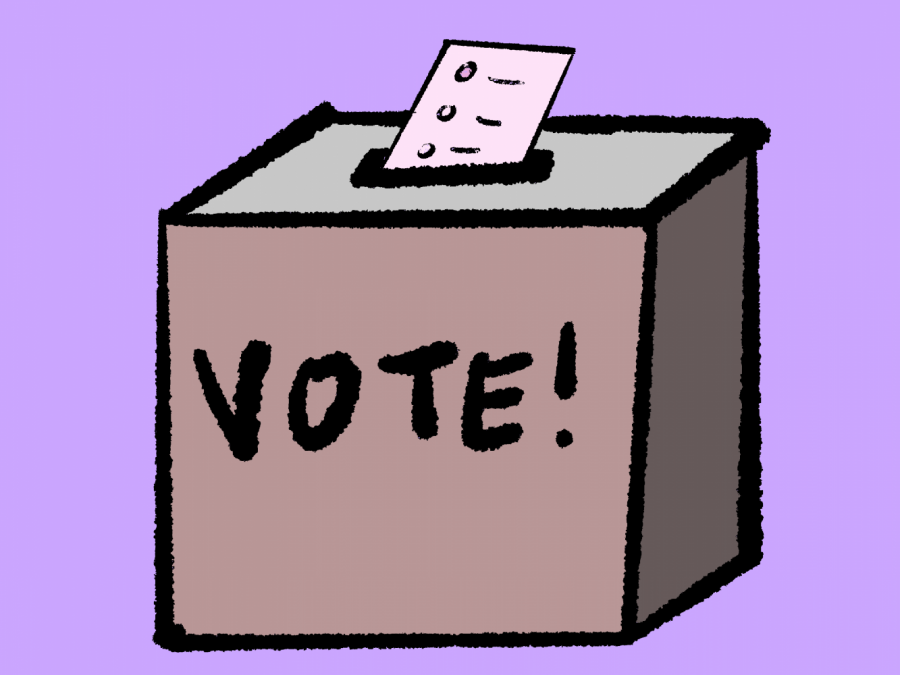From her Chelsea apartment, Lindsey Boylan props her phone on her desk, adjusts her light and presses record.
“Essential workers like grocery store clerks, nursing home aids and hospital custodians deserve special benefits under the next stimulus bill,” Boylan said in a twitter video after the passage of the CARES Act.
This isn’t how Boylan imagined her campaign when she announced her candidacy for the seat currently held by House Judiciary Chair Jerry Nadler. But Boylan, like hundreds of candidates for offices in New York City, have had to swap door-knocking for virtual approaches like live streaming due to the realities of the growing COVID-19 pandemic.
“We don’t have some of those roots in the community that an incumbent might have, right? So we have to be extra creative,” campaign manager Sapna Moudgil-Shah said about their shift to online campaigning. “Not everybody’s online either. But we’ve been using Zoom calls. We’ve been using Instagram Live and Facebook Live to invite people to come and speak with us and ask us questions. We’ve also really ramped up our communications on text messaging.”
While none of these tactics are new, the Boylan campaign has been using them to match the challenges presented by the COVID-19 pandemic. Instead of opting for traditional campaign rhetoric on these digital platforms, the Boylan campaign has shifted to acting as a resource for her district in an attempt to demonstrate the leadership she would bring if elected.
Boylan’s live streams have been used as digital office hours, where voters can ask questions about resources. They have also featured doctors and medical professionals providing the most up-to-date medical information about the pandemic.
“Normally in a text campaign, you would get a message about the candidate and the election and it would sort of be like a promotion for the candidate,” Communications Director Jordan Jayson said. “And instead of doing that, what we decided to do was create a really comprehensive resource guide, which includes everything from financial relief to free legal advice to volunteer organizations, organizations that are delivering groceries, activities for children for parents who are trying to like, you know, keep their children engaged.”
One of the other tools the campaign has been using is phone banking — where members of the campaign call and talk to voters about why they should support the candidate. While the rate of response for telephone surveys have been declining over recent years, Lindsey Boylan said that they have actually seen an increase in the amounts of responses.
“I don’t think there’s anyone who doesn’t recognize that they need their government to do something for them, whether it be to ensure they’re safe. See or be to, you know, get them unemployment benefits or to help their small business stay alive. So I really have, I’ve actually been finding that people answer the phones and are more interested in making sure that the government is going to be there to help them than they were in advance of this moment,” Boylan said.
While the New York Presidential primary has been pushed back to June 23, Moudgil-Shah still has worries about how to reach out to voters and do their Get Out The Vote operation — an outreach mission in the final days of the campaign to get voters to the polls, especially as voters will receive their absentee ballots at different times.
“You just have to kind of take it day by day and reach out to as many people as you can and, you know, be smart about the work,” Moudgil-Shah said. “It’s a huge challenge. As people know, I think politicians are always eager for a good challenge. And this is a good challenge that I’m sure we’ll be talking about for years to come. But when you’re in the middle of it, it’s hard to know what to do. You just do your best.”
Email Matthew Fischetti at [email protected]























































































































































